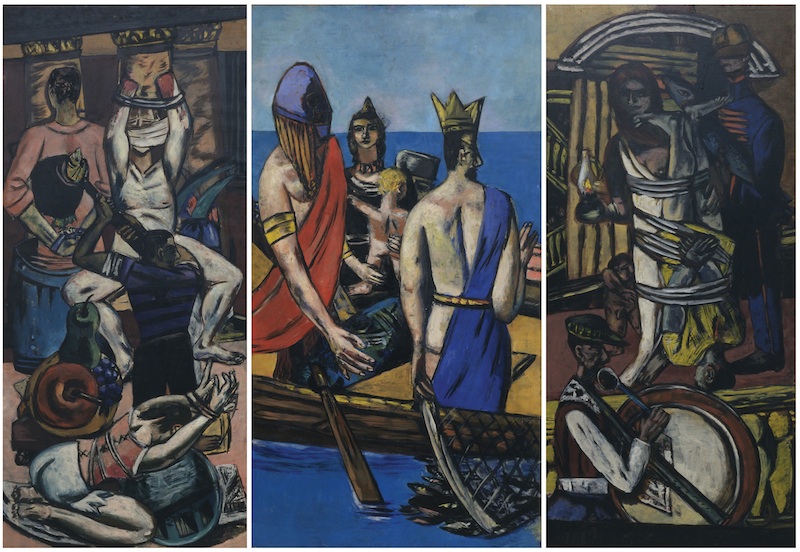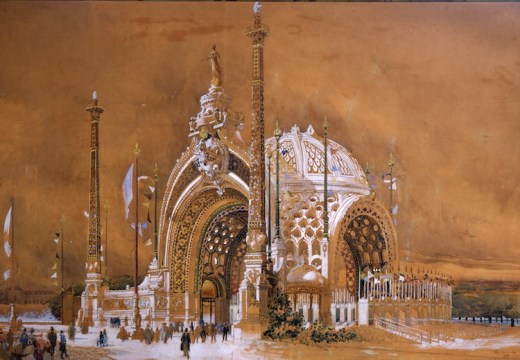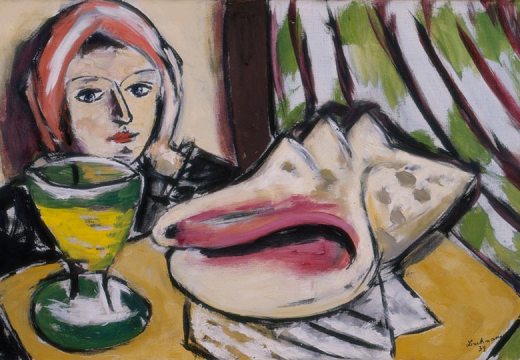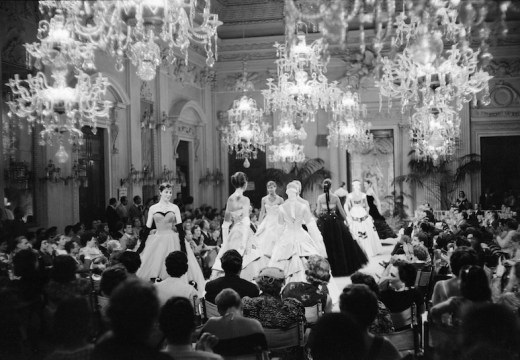This is an exhibition about an exhibition: the famously – and conspicuously – ‘badly curated’ exhibition of Degenerate Art (Entartete Kunst), opened in Munich, in 1937, by Adolf Ziegler, the National Socialist president of the Reich Chamber for the Visual Arts.
It was organised in parallel with the ‘Great German Art Exhibition’, also in Munich, where the art on show – sanctioned and selected by the National Socialists – was displayed coherently on otherwise clean walls. The so-called degenerates were, by contrast, hung crassly, jostling wonkily for space on crowded walls, misattributed and incorrectly labeled.
Such seeming curatorial crudeness, must however, as the art historian Neil Levi has observed, be seen as integral to the exhibition, ‘[as] displays by the National Socialist state of its power to exercise its will with impunity’. Such rough handling purposefully stripped from these works the aura that had been granted them by inclusion in many of Germany’s foremost galleries.
The 1937 show was a vast stripping and shaming of the German avant-garde which had flourished in the first three decades of the century. An advertisement for the 1937 exhibit – on show the Neue Galerie’s current exhibition – claimed; ‘Was wir in dieser interessanten Schau sehen, wurde einmal ernst genommen!!!!!’ (The works we see in this interesting show were once taken seriously). The serried exclamation marks, declare, at once, the ridiculousness of the concept and the disavowal of the calm, objective tone used to handle respected subjects: the combined effect is fundamentally undermining, not merely of the artworks themselves, but of the very institutions that had ‘taken them seriously’.
As the intellectually influential Nazi Party member Alfred Rosenberg put it, the aim was to prevent Jewish art patrons and gallerists ‘ensconcing themselves once again in German artistic life as so-called ‘good, exceptional Jews’. The state-control of aesthetics could enable the further occlusion of ‘foreign’ or Jewish figures from the cultural worlds in which they had thrived.
A viewer to this show cannot fail to recognise the force of the Nazi ideology on these works; the exhibition makes reference to Rosenberg’s racist complaint, for instance, that Ernst Barlach’s depictions of German soldiers is derogatory because he renders them ‘mixed variants of indefinable human types in Soviet helmets’.
The Neue Galerie’s show, however, does not draw adequate attention to the strategic theatricality of the show: for instance, that the images were displayed with big red dots next to them, conferring on them the status not of priceless artworks, but of overpriced commodities, bought out of people’s taxes. Nor does it interrogate the degree to which interpretation was pre-determined by descriptive captions and slogans, such as ‘German farmers, Seen Yiddishly’, and ‘Nature as seen by sick minds’. Numerous works by Otto Dix, who had been awarded an Iron Cross for bravery in the First World War, were coralled with others in a group entitled, ‘Insulting of German Heroes in the World War’. As Neil Levi writes, these were ‘the kinds of conditions that make autonomous reflection impossible’.
One of the Neue Galerie show’s real strengths, however, is its main room, which is split down the middle. On one side, a triptych that Hitler owned, Adolf Ziegler’s The Four Elements (1937): four apparently bored and milk-visaged women, differentiable only by the water, fire, corn that they hold in their hands (even Air cups the emptiness); on the other side, Max Beckman’s symbolically ambiguous Departure (1932) thrums, its heavily delineated figures – many of whom are faceless – resisting narrative or allegorical elucidation. Ernst Barlach’s The Beserker offsets a statue of an Aryan youth, his musculature as geometrical as a Kouros.
Now in New York, as then, the crowds thicken significantly among the ‘degenerates’: in 1937, the Degenerate Art received five times as many visitors as the Great German Art exhibit. Joseph Goebbels took this as a triumphant statistic – his propagandist show had received a vast audience – but what did they make of the works they saw?
At the time, in so censored an environment, such information was presumably unimportant. Nonetheless, as I watched American film-maker Julien Bryan’s silent footage of the exhibition, I found myself looking in the faces of the original spectators, packed amidst hats and overcoats in a treacle-slow stream of bodies, for the traces of response: as they scan the walls, and as their glance snags on the eye of the lens, these spectators – seemingly impassive in the face of so much Expressionism – obstinately, and hauntingly, confound all interpretation.
‘Degenerate Art: The Attack on Modern Art in Nazi Germany, 1937’ runs at the Neue Gallerie, New York, until 30 June, 2014.
Unlimited access from just $16 every 3 months
Subscribe to get unlimited and exclusive access to the top art stories, interviews and exhibition reviews.














![Masterpiece [Re]discovery 2022. Photo: Ben Fisher Photography, courtesy of Masterpiece London](http://www.apollo-magazine.com/wp-content/uploads/2022/07/MPL2022_4263.jpg)
It’s time for the government of London to return to its rightful home